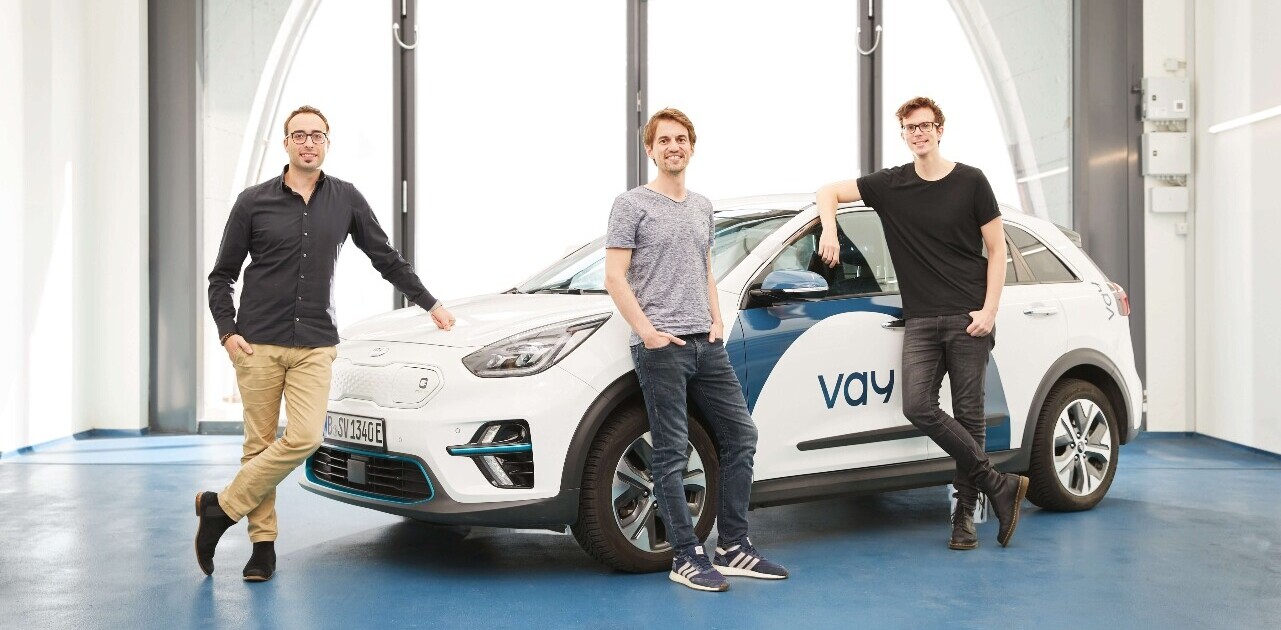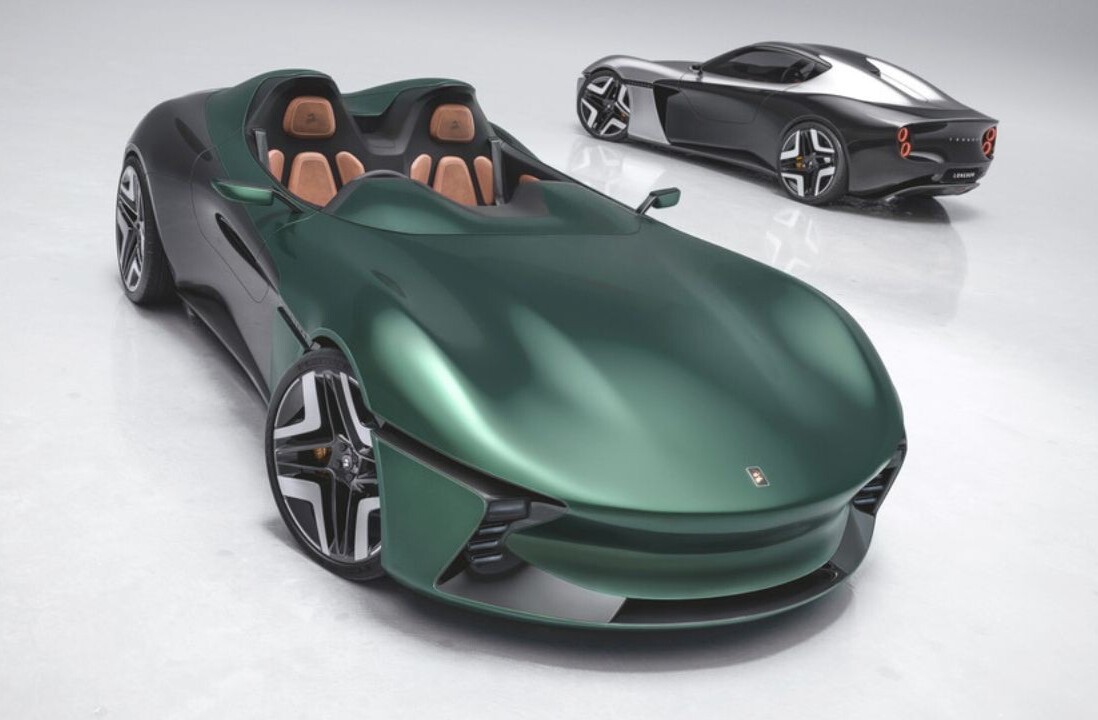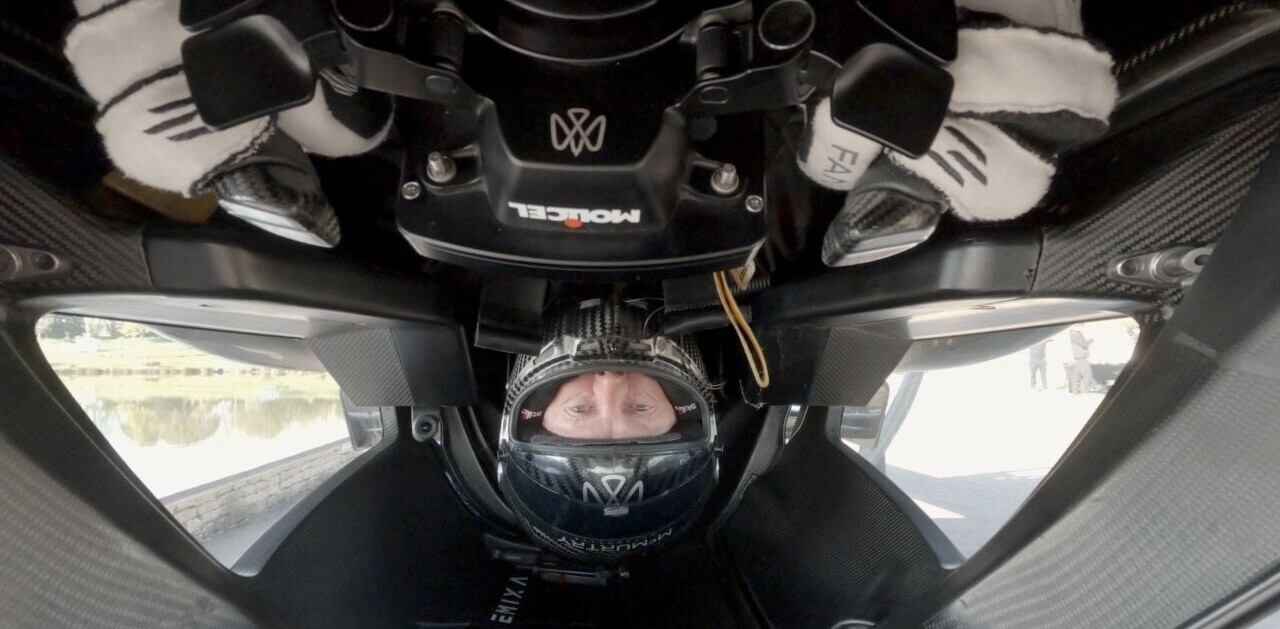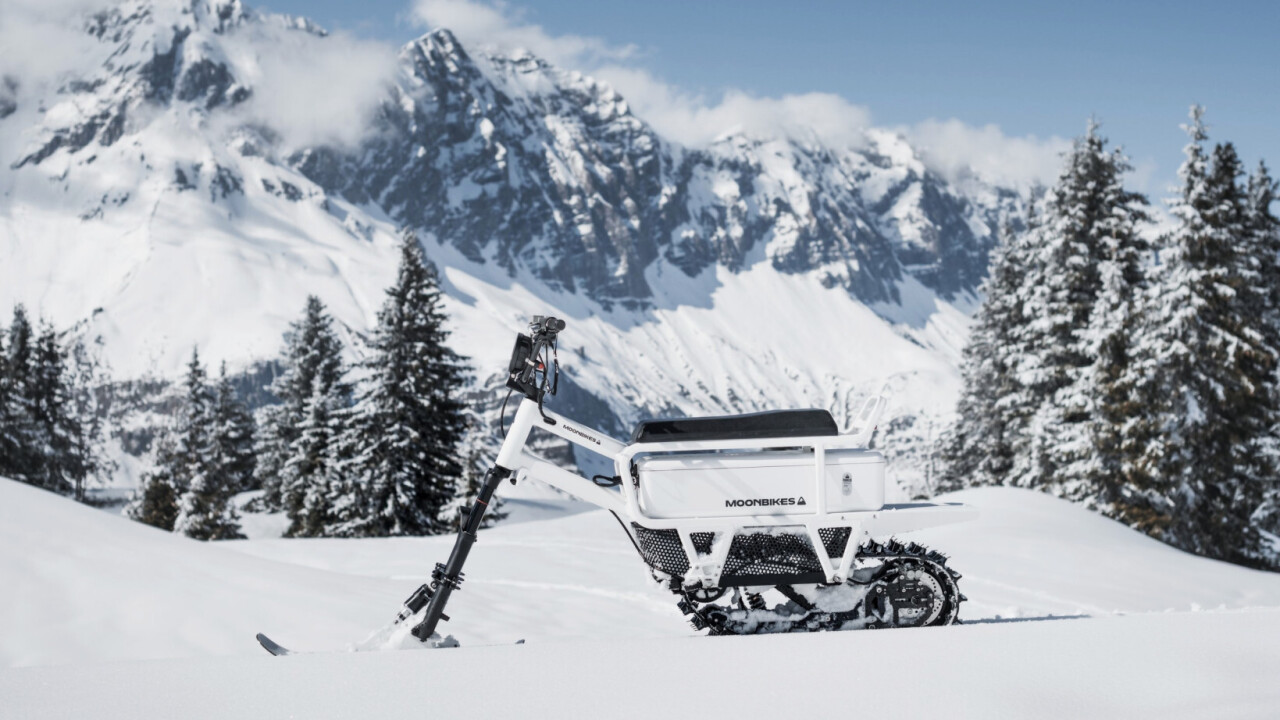
There’s a silent revolution underway on snowy slopes across the globe. It is being led by packs of ultra-quiet, lightweight, electric snowpeds. And leading this uprising is French aeronautical engineer Nicolas Muron.
Ladies and gentlemen — say hello to the MoonBike and the world of electric snowmobility.
Looking like a cross between a moped, a snowmobile, and a ski, the MoonBike is specifically designed for shredding powder on mountain trails. It’s perhaps the most fun you can have in the snow without choking the planet or pissing off skiers.
Think of it as a sophisticated person’s snowmobile. It’s cleaner and quieter but also smaller, lighter, and more manoeuvrable, which makes it more appealing to a broader demographic.
“We’re on a mission to democratise snowmobility,” CEO and founder Nicolas Muron tells TNW. “The average snowmobile user is male, over 50 years old, and a powersports enthusiast who loves gas, fumes, and noise. We’re a little different.”
But disrupting an industry doesn’t come without backlash — especially when petrolheads are involved. Macron tells us that “haters” regularly take to social media to vent their frustrations at the snowbike. But the founder takes this in his stride: “To me, it shows us that we’re heading in the right direction,” he says.
Moonbikes have landed
Muron came up with the idea of the Moonbike in 2015 when visiting his grandparents’ farm in the French Alps. In winter the only vehicles used to get around are cars and snowmobiles, but the engineer thought there must be a better way. He envisioned something like an ebike for the snow that was lightweight, easy to maintain, and sustainable — but with plenty of power.
After two years of R&D, Muron arrived at the final design. Built from a steel frame that encases the patented hub motor/track system, the snowbike weighs just 87kg — three times less than an average snowmobile. It also has ten times fewer components, half of which are available off-the-shelf.
The 3kW removable battery, which can be charged in a regular socket, propels the bike to a max speed of 42kph. It offers up to 1.5 hours of riding time, or 3 hours if you opt for the double battery system. Not unsurprisingly for an EV, the little snowbike packs a lot of torque, which means it can climb up slopes or traverse thick snow with ease.
Built at Bosch’s factory in, fittingly, the French Alps, the Moonbike is designed to be simple and reliable. As we saw with the downfall of e-bike poster child VanMoof, building overcomplicated products that rely on proprietary parts can backfire.
According to Muron, if something does go wrong, the snowbikes are easily repaired by a regular mechanic, often on hand at ski resorts — which make up the company’s fastest-growing customer base.
Ski resorts are some of the biggest advocates for the shift to battery-powered snow mobility. Many of these parks have committed to net zero in five or ten years which means decarbonising their entire vehicle fleet.
Aside from being zero emissions in operation, MoonBikes are also a fun, clean, accessible alternative to snowmobile tours.
Guided MoonBike trips are now available at over 50 ski parks across Europe and North America, with a new park opening in Japan this year.
“The machine is a little more technical than a snowmobile but you learn quickly,” explains one happy customer on TripAdvisor, who did a MoonBike tour in the French Alps last year. “Its lightness and the silence of the electric motor is appreciable (we did a classic snowmobile two days before and the smell of gasoline was almost unbearable).”
While most of its sales have been B2C so far, Muron foresees that the bulk of its market will be B2B in the coming years. Last winter, the company made $5mn in sales, with each bike costing $8,900.
Those who opt to buy their own MoonBike are a very different demographic from that of the average snowmobiler. The average MoonBiker is an avid skier and, according to Muron, 100% of them already own electric cars.
While fossil-fuel powered snowmobiles will still be the vehicle of choice for remote communities that can’t live without them, for recreational purposes they seem out of place in the modern world.
Greening snowmobility
The rise of electric vehicles is ushering in a new era of battery-powered recreation — which is good news for the planet.
Traditional snowmobiles are known to cause extensive damage to the environment. Their tracks rip up land cover, affecting vegetation growth throughout the year. Their exhaust fumes contain dangerous levels of airborne toxins, degrading air quality and altering snow chemistry. In one hour, a typical snowmobile can emit as much hydrocarbon as a 2008 model automobile emits in 1,700 kilometres of driving.
In Europe, they’ve been unpopular for a long time. A New York Times article from 1972 details how France, Austria, Switzerland, and other Alpine countries strongly opposed this “latest menace to life, limb, and tranquillity” which “has crossed the Atlantic to invade ski trails in Europe.”
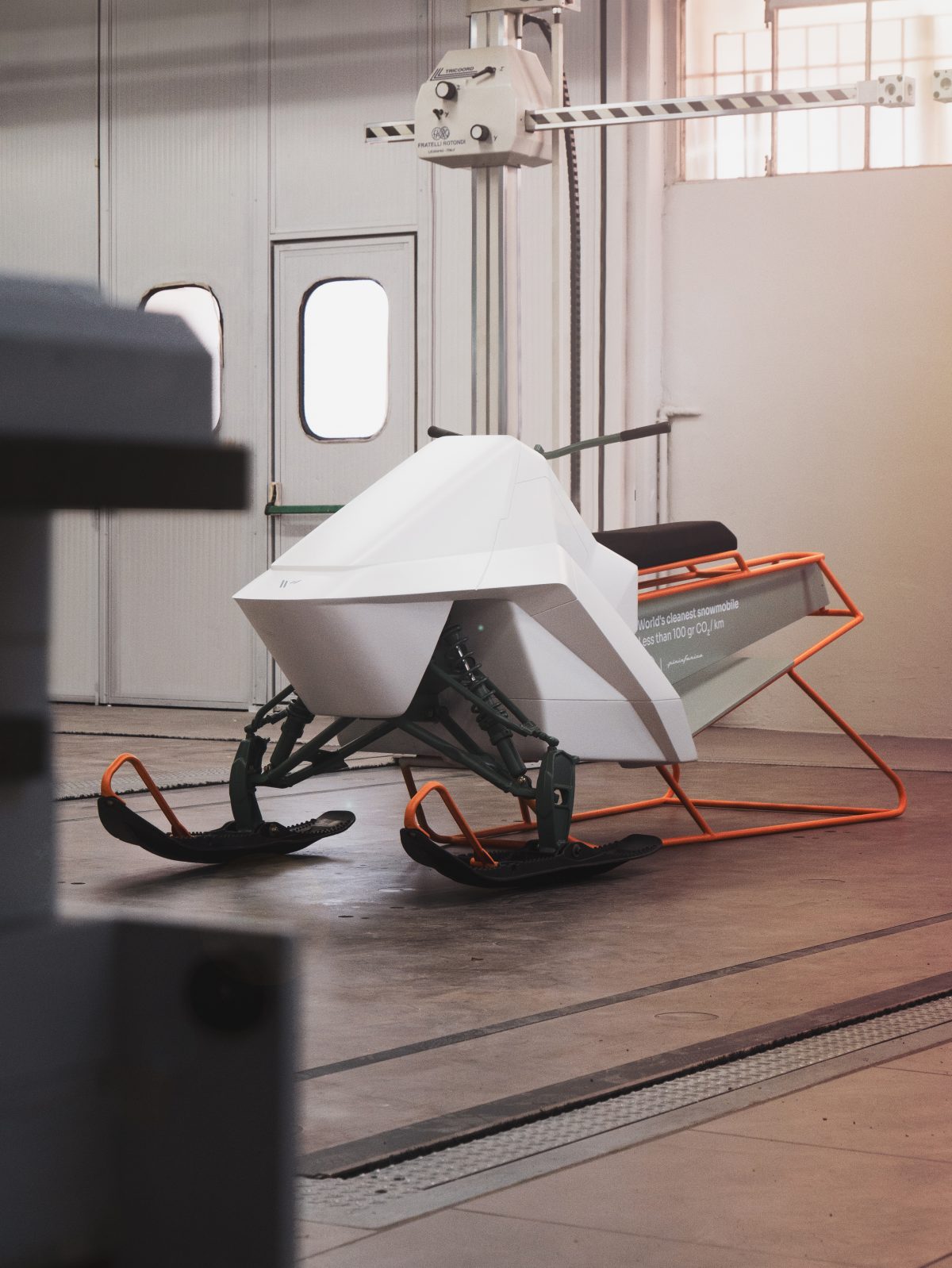
The vehicles have long been banned in some parts of the continent, like certain cantons in Switzerland, but they remain a common feature in the colder climes for recreation and as workhorses. Ironically, their bad reputation has also made it more difficult for companies like MoonBikes to gain the necessary certification.
“Getting permits to operate in France, Switzerland, and Canada can be really difficult because on paper Moonbikes are in the same category as snowmobiles,” explains Muron.
The authorities, however, are slowly catching on, with the permitting process steadily becoming easier for Muron and his team. This has helped the company expand rapidly since its first market-ready model was released in 2021.
The future is electrifying
With roughly 135,000 fossil-fuel powered snowmobiles sold last year, the growth potential for snowmobility companies is huge.
Perhaps the biggest challenge then is convincing petrolheads to go green — but regulation should take care of that. Muron believes dirty snowmobiles will be banned across the board “sooner or later.”
People’s preferences are also changing. Just like with the shift from cars to EVs, stricter regulations and customer demands for more planet-friendly vehicles are driving innovation in snowmobility — giving rise to electric snowtech startups.
Alongside MoonBikes, which is in a category of its own, there are a few companies building electric versions of the classic snowmobile. Two to watch in this space are Taiga Motors from Canada and Vidde from Sweden.
Taiga, which went public in 2021 at a valuation of $422mn, is undoubtedly the segment leader at this point, with three fully electric sleds available for tackling all types of snowy terrain. The company also makes electric jet skis.
Meanwhile, Sweden’s Viddeplans to deliver its first 1,000 electric snowmobiles in late 2024, with orders from the country’s resort operator Skistar, electricity producer Skelleftea Kraft and the Icehotel in Jukkasjarvi. In collaboration with Italian car design firm Pininfarina, it claims to have built the world’s cleanest snowmobile.
As for MoonBikes’ role in the future of snow travel, they will sit somewhere between skiing and snowmobiling — mainly for recreation but also with certain practical applications. For more heavy-duty work, electric snowmobiles will fill the gap. And who knows what other fantastical creations will spring out of the emerging field of snowtech in years to come.
Get the TNW newsletter
Get the most important tech news in your inbox each week.

